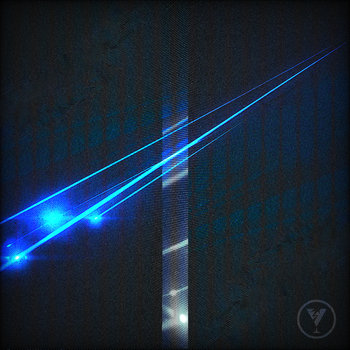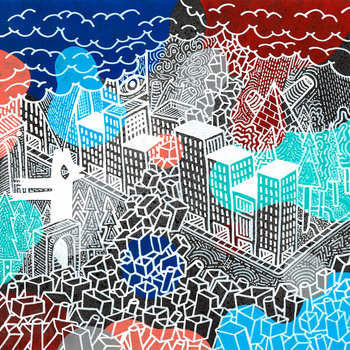
Bright Spots
Dim Fumes

Bleep Test
Cocktail Party Effect

Eb3ed 3ani
Jana

Old Haunts
Aroma Nice

Pits
Fiesta Soundsystem

BEYOND THE VEIL: FREE REMIX PACK
Fearful x Mtwn x Riko Dan

Glory Days
Alan Johnson

Transforming Matter
Chewlie

Gateway
Lakker

The Trigger
TRAKA x MYTHM

Now I Know Paradise
Prayer

EGM
Griffit Vigo

Collapse
Moxina

Kula Na Sisi (feat. Nah Eeto)
TRAKA
YUKU Prague, Czechia
An exploratory arts oasis fluid of genre and evasive of expectations—a haven for the open-minded.
Contact us: music@yuku.io
For sync & licensing, contact:
gavin@syncsmith.com